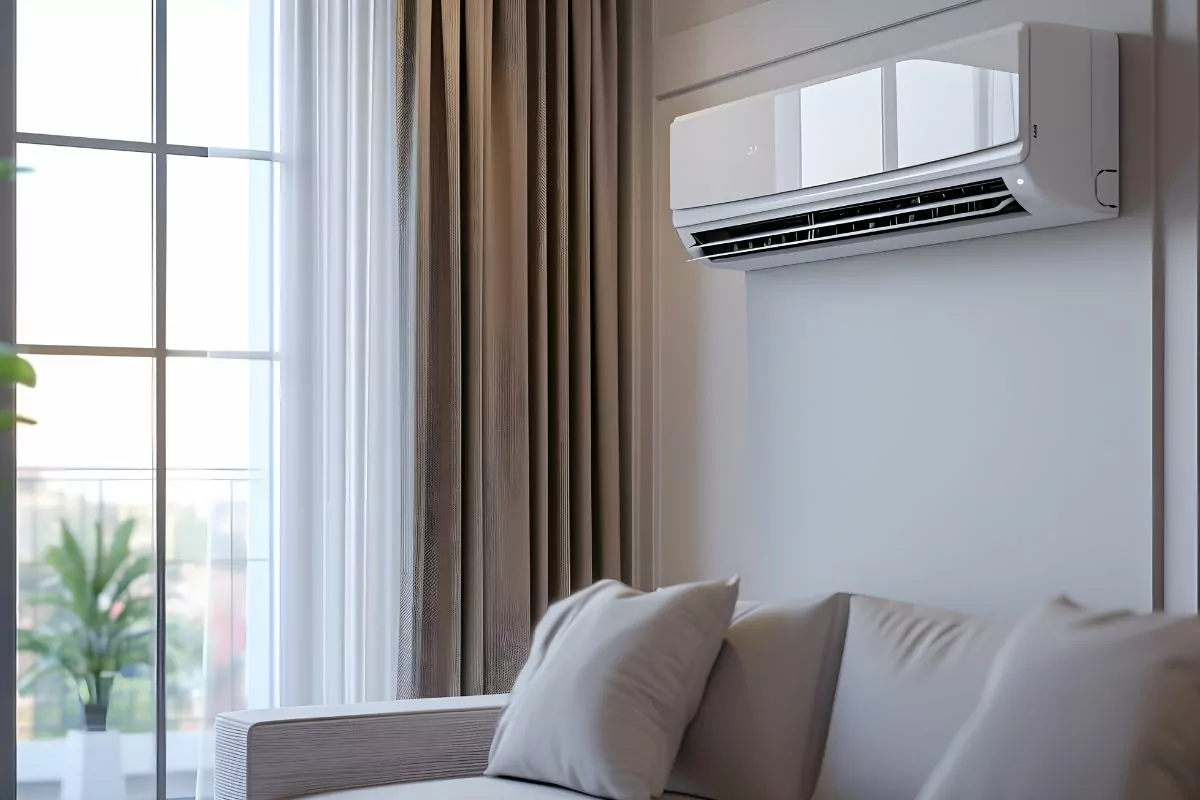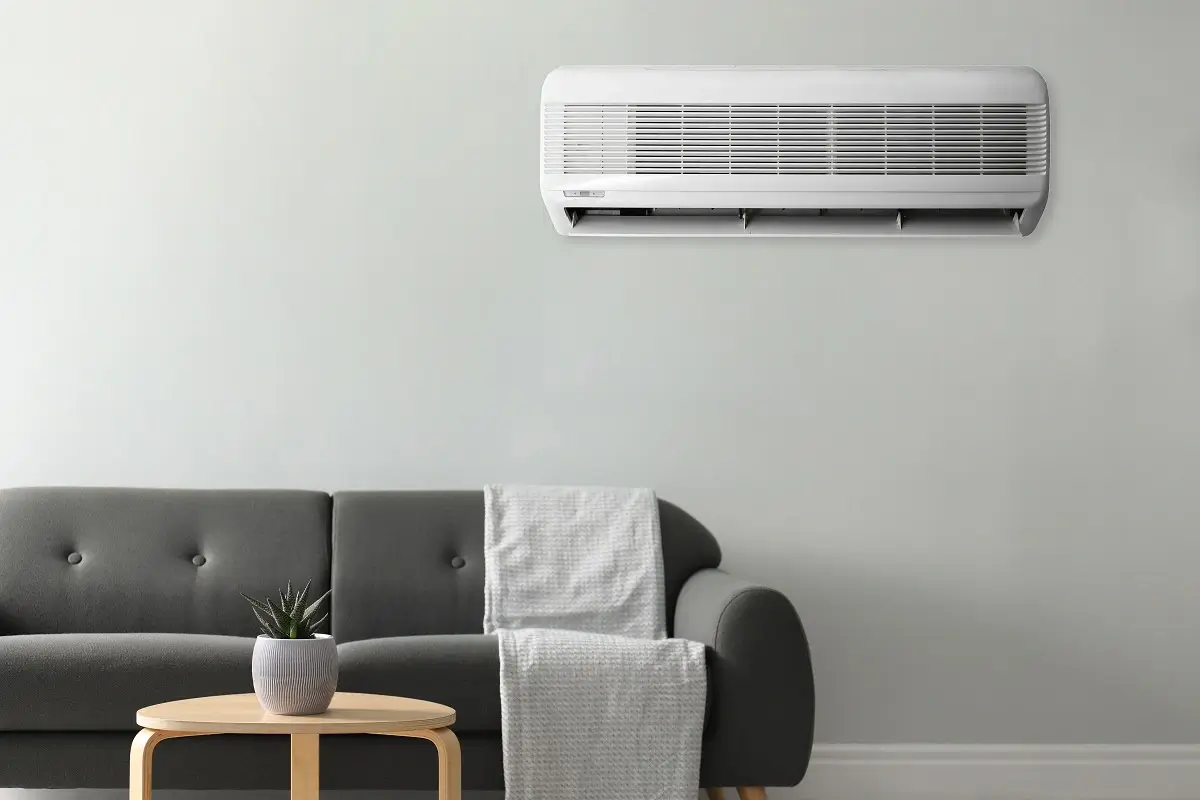When the mercury climbs shamelessly above 30 °C, every house becomes a small greenhouse.
You’ve surely experienced that uncomfortable moment when you decide whether to open all the windows or let the air conditioning work its magic. The fan, faithful but modest, stirs the hot air as if it were free, although it is rarely enough to quell the heat. On the other hand, the split system promises instant coolness… and a pinch on your pocket. That’s exactly what we’re talking about today: how much a split air conditioner actually costs to run and why it varies so much from one home to another. So, adjust your thermostat, but don’t go below 24 °C, and let’s get down to business.
How much does it cost to use air conditioning for ten hours a day in the middle of a heatwave?
A content creator on energy saving, known on social media as @EnergiaJusta, has crunched the numbers: a standard split system consumes between 1 and 1.3 kW. If you have it on for ten hours, that range translates to 10–13 kWh per day. With the average price of electricity last week at €0.15 per kWh, the calculation is quick… and slightly painful for your wallet.
Split power Consumption in 10 hours Average price of electricity (€0.15/kWh) Approximate daily cost
1 kW 10 kWh €0.15 × 10 €1.50
1.3 kW 13 kWh £0.15 × 13 £1.95
As you can see, keeping cool costs around £1.95 per day in the worst-case scenario. Multiply that and you’ll see that a month of intense heat could increase your electricity bill by around £58.50 just because of this climatic whim.
Why does the consumption of a split system vary from one house to another?
It’s not the same to fight against 30 °C as it is against 40 °C outside. The higher the outside temperature, the harder the compressor works and, therefore, the more the meter goes up. In addition, every degree you lower the thermostat increases the cost by 8%, according to data from Contigo Energía. That is why experts repeat ad nauseam that the reasonable range is between 24 °C and 26 °C.
The energy efficiency of the appliance must also be taken into account. A split air conditioner with a good energy rating (e.g. A+++) performs better with the same amount of electricity as an older model. In other words, two appliances that look the same can result in very different bills depending on their age and rating.

Quick tips to keep your bill from freezing you out
If you want to beat the heat without shivering when the bill arrives, start by ventilating your home first thing in the morning and lowering the blinds before midday; this way, your split air conditioner won’t have to work so hard. Always keep the filters clean: a blocked air flow forces the motor to work harder than it should and, as a result, consume more kilowatts.
Finally, use the ‘eco mode’ function or timer so that the unit maintains a constant temperature instead of overloading it with sudden starts and stops. The comfort will be the same and the meter will turn a little slower. In short, with a little common sense and a sensible thermostat, your pocket can get through the summer without breaking a sweat.




